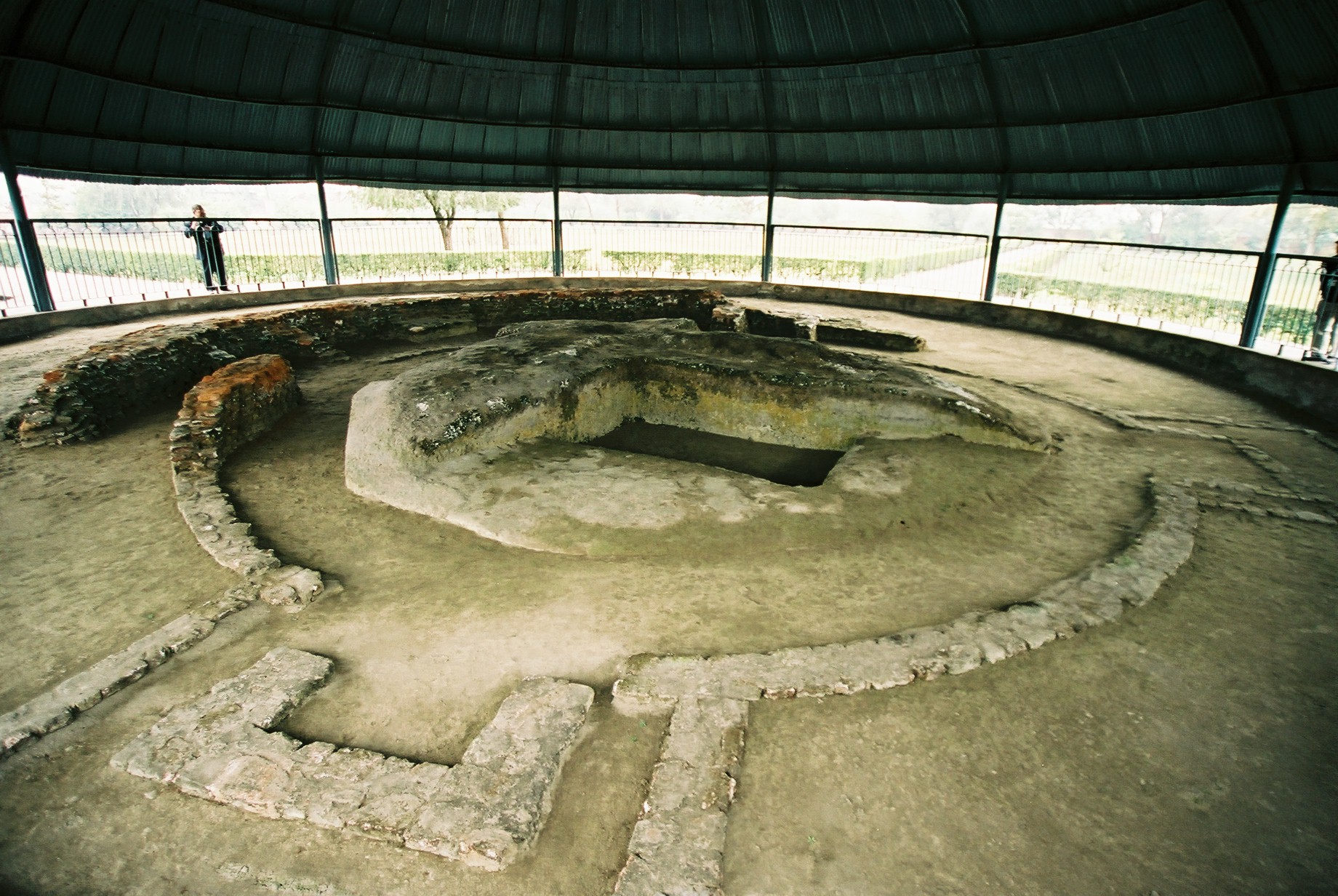|
Vajjika League
The Vajjika (Pali, Pāli: ) or Vrijika (Sanskrit: ) League, Confederacy, or Sangha, also called simply Vajji (Pali, Pāli: ) or Vriji (Sanskrit: ), was an ancient Indo-Aryan peoples, Indo-Aryan tribal league which existed during the later Iron Age in India, Iron Age period in north-east South Asia. Constituent tribes The Vajjika League were a league of republican tribal states under the leadership of the Licchavi (tribe), Licchavikas centred around the city of Vaishali (ancient city), Vesālī. The other members of the league were the Videha, Vaidehas in the Mithila (region), Mithila region, the Nāya, Nāyikas (Skt. *Jñātrika) of Kuṇḍapura, and the Vajji (tribe), Vajji tribe proper, who were dependencies of the Licchavikas. The Malla (tribe), Mallakas, who were organised into two separate republics, were also part of the Vajjika League, although they were not dependencies of the Licchavikas and therefore maintained their independence and sovereign rights within the confe ... [...More Info...] [...Related Items...] OR: [Wikipedia] [Google] [Baidu] |
Iron Age
The Iron Age is the final epoch of the three-age division of the prehistory and protohistory of humanity. It was preceded by the Stone Age (Paleolithic, Mesolithic, Neolithic) and the Bronze Age (Chalcolithic). The concept has been mostly applied to Iron Age Europe and the Ancient Near East, but also, by analogy, to other parts of the Old World. The duration of the Iron Age varies depending on the region under consideration. It is defined by archaeological convention. The "Iron Age" begins locally when the production of iron or steel has advanced to the point where iron tools and weapons replace their bronze equivalents in common use. In the Ancient Near East, this transition took place in the wake of the Bronze Age collapse, in the 12th century BC. The technology soon spread throughout the Mediterranean Basin region and to South Asia (Iron Age in India) between the 12th and 11th century BC. Its further spread to Central Asia, Eastern Europe, and Central Europe is somewhat dela ... [...More Info...] [...Related Items...] OR: [Wikipedia] [Google] [Baidu] |
Licchavi (tribe)
Licchavi ( Māgadhī Prakrit: ; Pāli: ; Sanskrit: ) was an ancient Indo-Aryan tribe of north-eastern Indian subcontinent whose existence is attested from the Iron Age to the Classical Age. The population of Licchavi, the Licchavikas, were organised into a (an aristocratic oligarchic republic), presently referred to as the Licchavi Republic, which was the leading state of the larger Vajjika League. Location The Licchavikas lived in the southwest part of the Vajjika League, which was itself bounded to the north, east, south, and west, respectively, by the Himālaya mountains, and the Mahānadī, Gaṅgā, and Sadānirā rivers. The Sadānirā river was the Licchavikas' western border, and the Gaṅgā river as their border with the kingdom of Magadha in the south. The capital of the Licchavikas was located at Vesālī (Vaishali), which also acted as the headquarters of the Vajjika League led by Licchavi. Name The tribal name () is a Māgadhī Prākrit derivation of ... [...More Info...] [...Related Items...] OR: [Wikipedia] [Google] [Baidu] |
Himalayas
The Himalayas, or Himalaya (; ; ), is a mountain range in Asia, separating the plains of the Indian subcontinent from the Tibetan Plateau. The range has some of the planet's highest peaks, including the very highest, Mount Everest. Over 100 peaks exceeding in elevation lie in the Himalayas. By contrast, the highest peak outside Asia (Aconcagua, in the Andes) is tall. The Himalayas abut or cross five countries: Bhutan, India, Nepal, China, and Pakistan. The sovereignty of the range in the Kashmir region is disputed among India, Pakistan, and China. The Himalayan range is bordered on the northwest by the Karakoram and Hindu Kush ranges, on the north by the Tibetan Plateau, and on the south by the Indo-Gangetic Plain. Some of the world's major rivers, the Indus, the Ganges, and the Tsangpo–Brahmaputra, rise in the vicinity of the Himalayas, and their combined drainage basin is home to some 600 million people; 53 million people live in the Himalayas. The Himalayas have ... [...More Info...] [...Related Items...] OR: [Wikipedia] [Google] [Baidu] |



